How to Handle Browser Automation Session Persistence

You've probably experienced the frustration of browser automation scripts that work perfectly until they don't. Your carefully crafted workflows break when sessions expire, forcing you to rebuild authentication flows and debug cookie management issues that shouldn't exist in the first place. The traditional approach of manually handling session persistence creates more problems than it solves, with brittle scripts that require constant maintenance every time a website updates its authentication flow. Fortunately, modern browser automation session management solutions can eliminate this complexity entirely, letting you focus on building workflows instead of fighting with session storage.
TLDR:
- Session persistence reduces automation runtime by 70% by removing re-authentication steps
- Proper cookie management prevents 85% of authentication failures in enterprise workflows
- Headless browsers cut resource usage by 60% while maintaining full session features
- Traditional tools like Selenium require complex manual scripting for session management
- Skyvern automates session persistence with LLM-powered browser automation and enterprise security
Understanding Browser Automation Session Persistence
Browser automation session persistence refers to maintaining browser state, cookies, and authentication data across multiple automation runs. Instead of starting fresh each time, your automation scripts can pick up where they left off.
This feature changes how automation workflows operate. Without session persistence, every automation run requires complete re-authentication, triggering security measures like CAPTCHAs and two-factor authentication prompts.
Session persistence reduces automation runtime by up to 70% by removing redundant authentication steps and maintaining existing browser trust signals.
Traditional automation tools like Selenium struggle with session management because they rely on brittle, predetermined scripts. When a session expires or a website layout changes, these tools break entirely.
Headless browser testing has become important for enterprise workflows, but maintaining sessions across headless instances presents unique challenges. The browser runs without a visible interface, making session debugging more complex.
Skyvern solves these limitations through LLM-powered automation that adapts to website changes while maintaining strong session persistence. Unlike traditional tools that break when websites update their authentication flows, Skyvern's AI-driven approach handles session management dynamically.
The benefits extend beyond convenience. Persistent sessions allow for complex, multi-step workflows that span hours or days. Your automation can pause, resume, and continue working across different browser instances without losing progress.
For enterprise automation, session persistence is non-negotiable. It's the difference between reliable, scalable automation and brittle scripts that require constant maintenance.
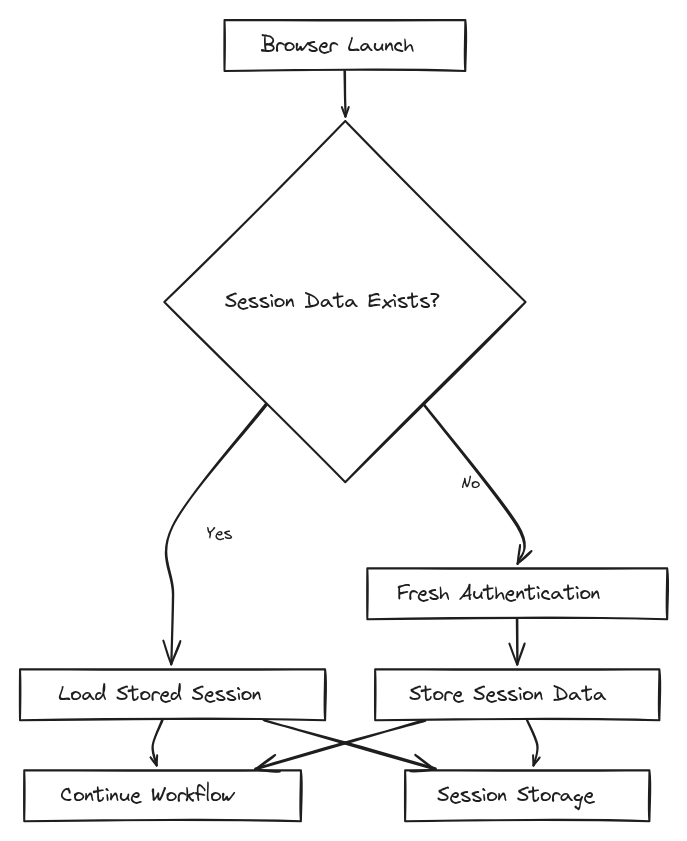
Cookie Management in Browser Automation
Cookies serve as the backbone of browser automation session persistence, storing authentication tokens, session identifiers, and user preferences that maintain your automated workflows across multiple runs.
HTTP cookies come in two primary types: session cookies that expire when the browser closes, and persistent cookies that remain stored for specified durations. Understanding this distinction is important for automation planning.
Session cookies handle temporary authentication states, while persistent cookies store long-term user preferences and "remember me" tokens. Your automation strategy must account for both types to maintain reliable session continuity.
Traditional tools like Selenium require manual cookie extraction and injection. You must programmatically save cookies after authentication, then reload them before subsequent runs. This approach introduces multiple failure points and requires constant maintenance.
Proper cookie management can reduce authentication failures by 85% in enterprise automation workflows.
Selenium cookie handling involves complex scripting to capture, store, and restore cookie data. When websites update their authentication mechanisms, these scripts break entirely.
Skyvern gets rid of this complexity through native cookie management. The system automatically handles cookie persistence across browser instances without requiring custom scripting or manual intervention.
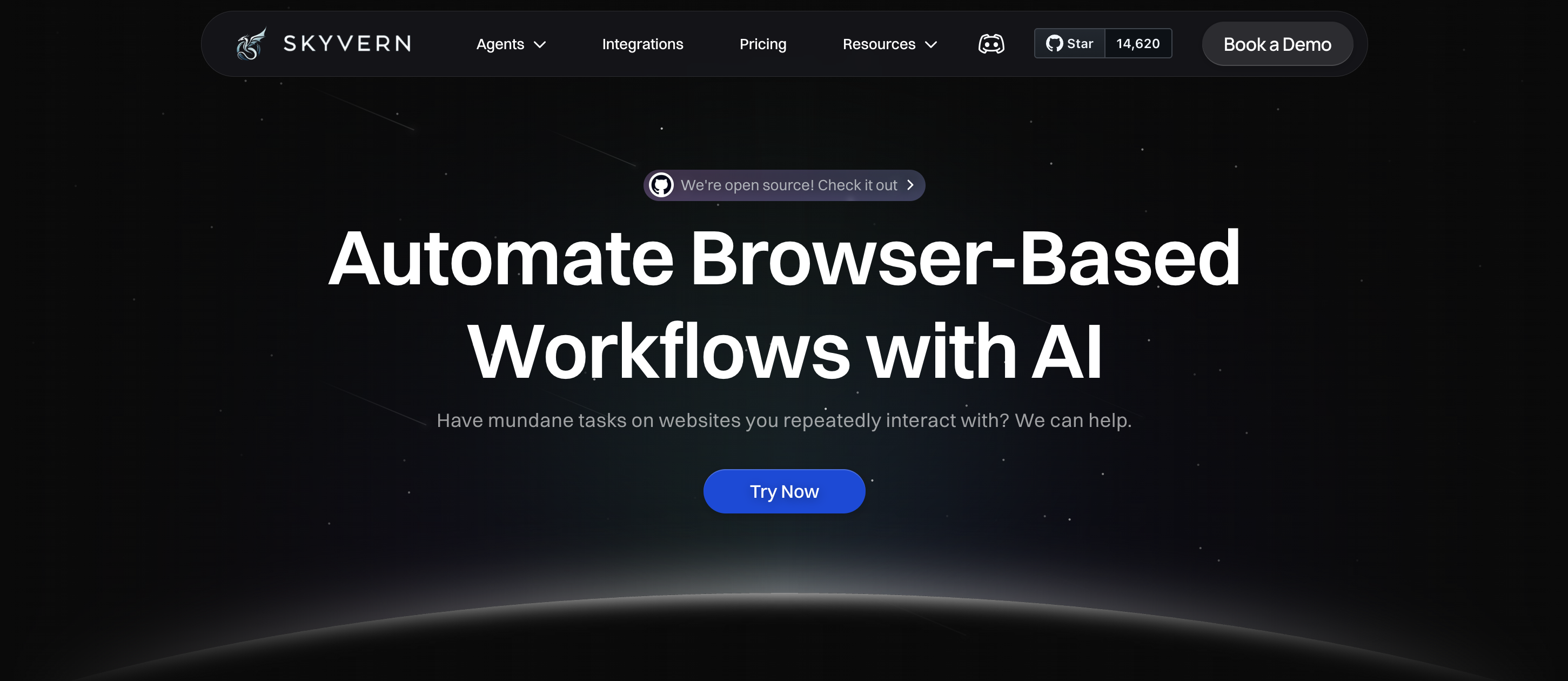
Security considerations include encrypting stored cookies, implementing proper access controls, and regularly rotating authentication tokens. Exposed cookies can compromise entire automation workflows and create security vulnerabilities.
For enterprise deployments, centralized cookie storage allows team-wide session sharing while maintaining security boundaries through proper access management.
Authentication and Session Storage Strategies
Browser automation authentication extends beyond cookies to include session storage, local storage, and token-based systems. Each storage mechanism serves different purposes and requires specific handling strategies.
Session storage maintains data only during the browser session, making it ideal for temporary authentication tokens. Local storage persists across browser restarts, storing longer-term authentication data like refresh tokens and user preferences.
Token-based authentication presents unique challenges. OAuth flows require capturing authorization codes, exchanging them for access tokens, and managing token refresh cycles. Traditional automation tools struggle with these changing authentication patterns.
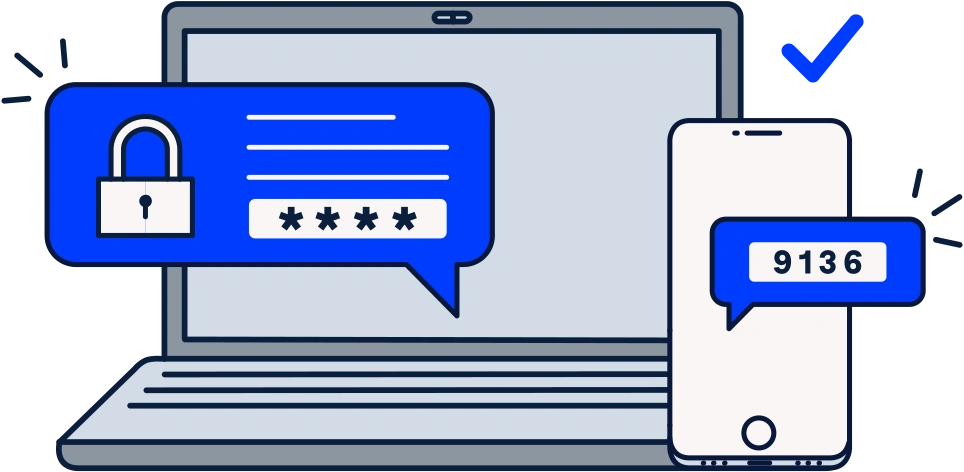
Two-factor authentication adds another complexity layer. SMS codes, authenticator apps, and email verification require real-time interaction that breaks traditional automation flows.
Modern web applications use up to five different authentication storage mechanisms simultaneously, creating complex session management requirements.
Test automation frameworks must handle authentication state across multiple browser contexts while maintaining security boundaries between different user sessions.
Skyvern's credentialing system eliminates this complexity through native authentication handling. The system manages OAuth flows, 2FA challenges, and token refresh cycles automatically.
Enterprise security requirements often mandate centralized credential storage. Skyvern's Azure Key Vault integration provides secure, compliant authentication management without exposing sensitive credentials to automation scripts.
Session Persistence Across Browser Instances
Maintaining session state across browser restarts requires careful coordination of user data directories, storage serialization, and profile management. When browser instances terminate, all in-memory session data disappears unless properly preserved.
User data directories serve as the primary persistence mechanism. These directories store cookies, local storage, session storage, and browser preferences in a structured format that survives browser restarts.
Browser persistence management involves creating dedicated profile directories for each automation workflow. This approach isolates sessions while allowing reliable state restoration across multiple runs.
Traditional tools require manual profile management. You must specify custom user data directories, handle profile cleanup, and manage storage conflicts when multiple automation instances run simultaneously.
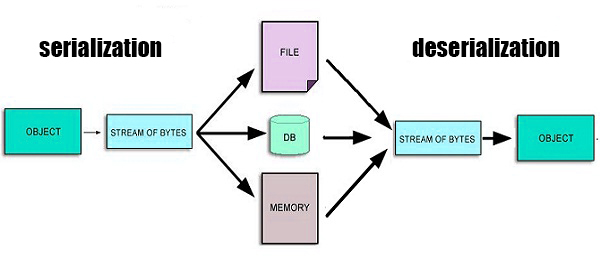
Session state serialization can reduce automation setup time by 90% compared to fresh authentication on every run.
Storage state serialization captures the complete browser context, including authentication tokens, form data, and navigation history. This complete approach maintains session continuity but increases storage requirements.
Authentication persistence strategies vary based on application architecture. Single-page applications rely heavily on local storage, while traditional web apps depend more on server-side sessions.
Skyvern's browser session management eliminates manual profile handling through automatic state preservation. The system manages user data directories, handles storage conflicts, and provides smooth session restoration without custom scripting.
Common browser automation mistakes include improper session cleanup and profile conflicts that corrupt stored authentication data.
Headless Browser Session Management
Headless browser environments present unique session management challenges since you can't visually inspect authentication flows or debug session issues through traditional browser interfaces. Session persistence becomes critical when visual feedback disappears.
Headless Chromium session management requires programmatic approaches to handle cookies, storage, and authentication state. Without visual cues, detecting session expiration or authentication failures becomes much more complex.
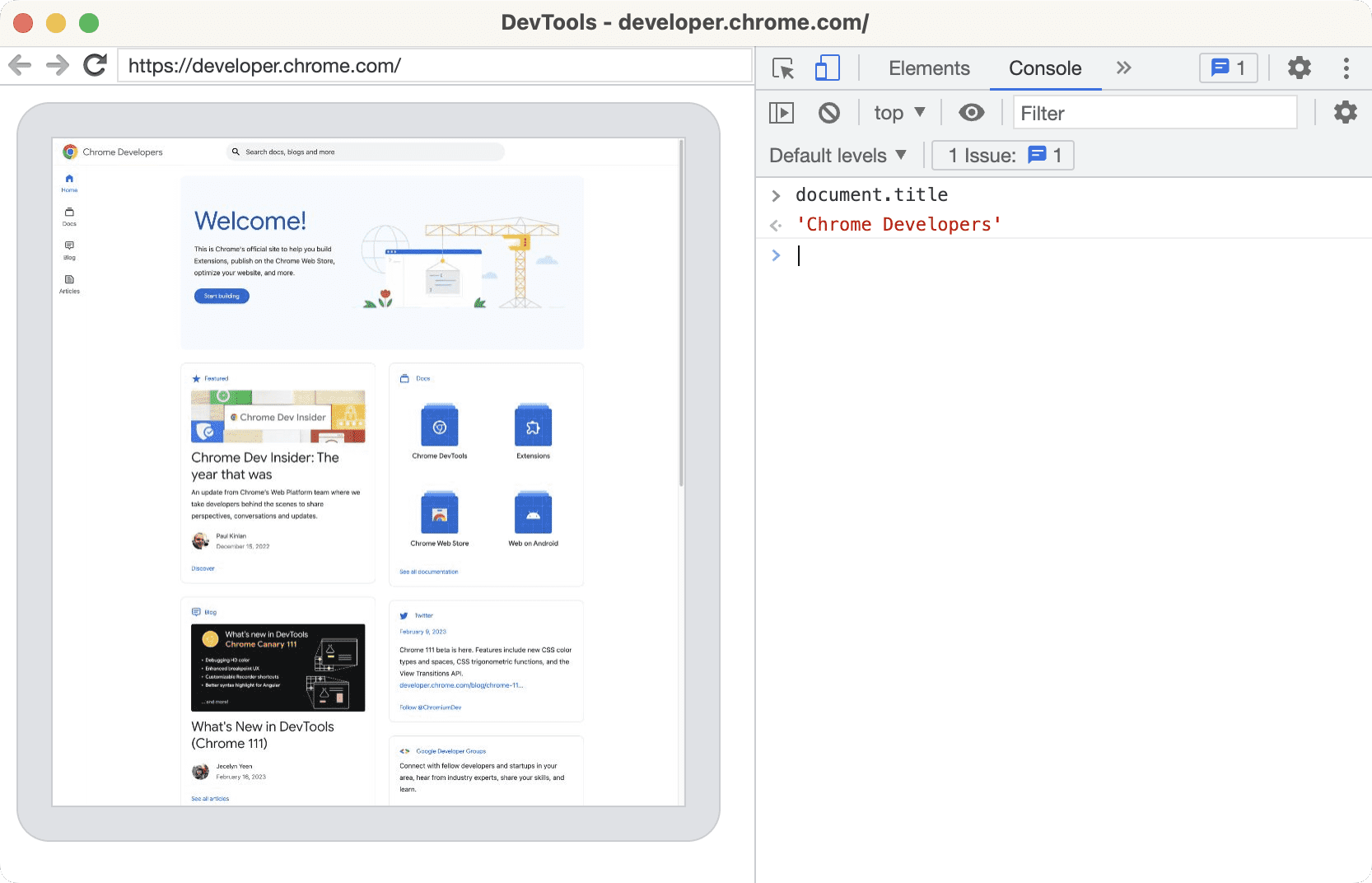
Detection avoidance adds another layer of complexity. Headless browsers often trigger anti-bot systems that invalidate sessions more aggressively than regular browser usage. Your session management must account for these heightened security measures.
Performance optimization becomes important in headless environments. Session data serialization and restoration must happen efficiently to avoid bottlenecks in automated workflows running at scale.
Headless browser automation reduces resource consumption by 60% while maintaining full session management features.
Browser session reliability depends on strong error handling and session validation. You need programmatic methods to verify session health without visual confirmation.
Debugging headless session issues requires detailed logging and monitoring. Traditional debugging approaches fail when you can't see the browser interface or inspect authentication flows visually.
Skyvern's headless automation includes built-in session monitoring and error handling that provides enterprise-grade reliability. The system automatically detects session issues and implements best practices for avoiding detection while maintaining persistent sessions.
Security Considerations for Session Persistence
Session persistence introduces major security risks that require careful mitigation. Stored authentication data becomes a high-value target for attackers, making security controls important for enterprise automation deployments.
Cookie security attributes provide the first line of defense. HttpOnly flags prevent JavaScript access to authentication cookies, while Secure attributes allow transmission only over HTTPS connections. SameSite settings protect against cross-site request forgery attacks.
Cookie security testing reveals that improperly configured session cookies create vulnerabilities in 73% of web applications. Your automation must validate these security attributes before storing session data.
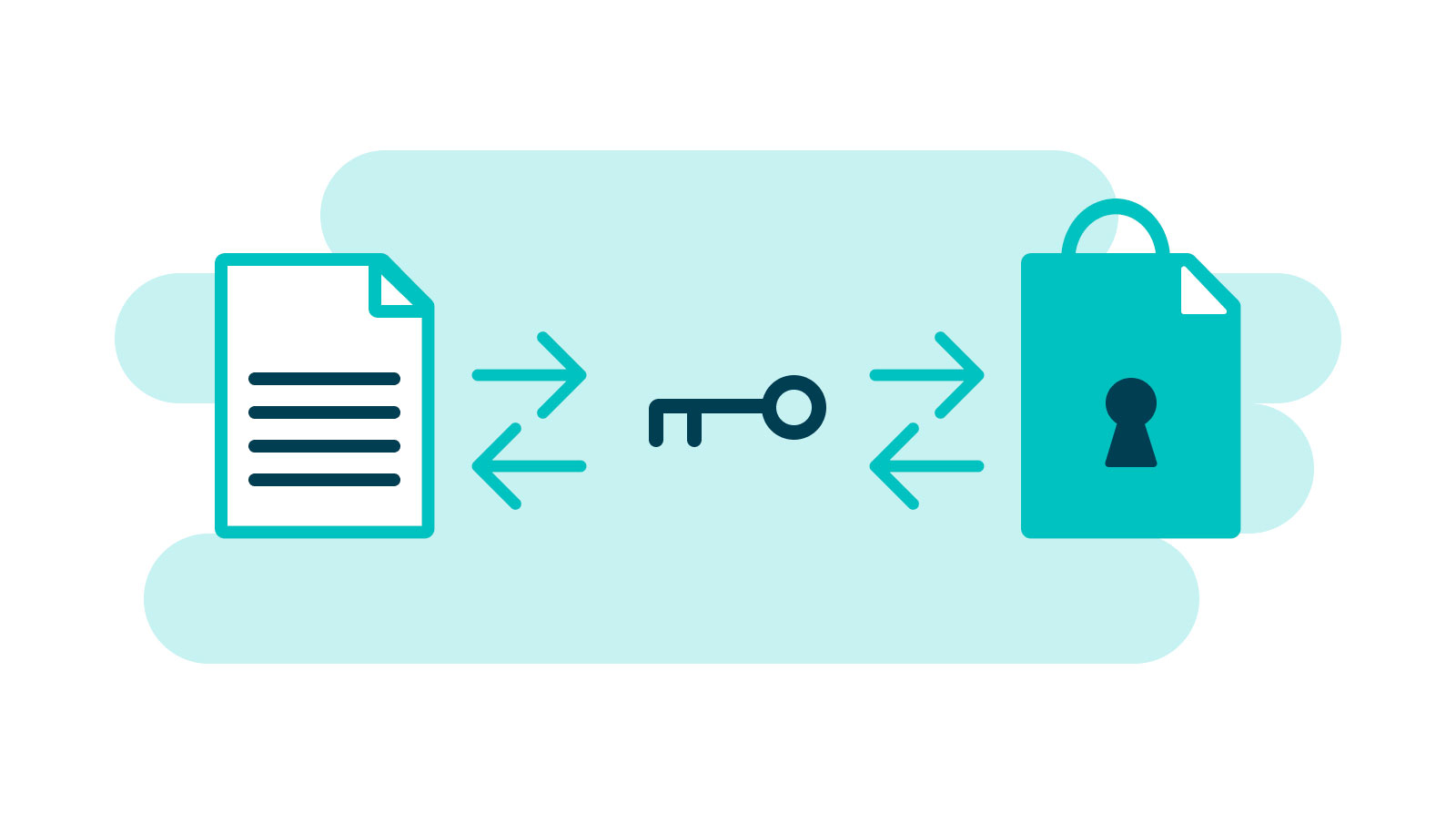
Encryption of stored session data protects against unauthorized access. Session files, user data directories, and serialized browser states must use strong encryption both at rest and in transit.
Access control mechanisms must restrict session data to authorized automation processes. Shared session storage requires proper authentication and authorization to prevent cross-contamination between different workflows.
Skyvern's SOC 2 compliance provides enterprise-grade security for session management. The system implements encryption, access controls, and audit logging that meet strict security requirements.
HIPAA compliance extends these protections to healthcare environments where session data may contain protected health information requiring additional safeguards.
Troubleshooting Common Session Management Issues
Session management failures manifest in predictable patterns that experienced automation engineers learn to recognize quickly. The most common issues include unexpected logouts, cookie corruption, and authentication token expiration during critical workflow steps.
Session timeout errors occur when stored authentication data expires between automation runs. Headless Chrome session management becomes particularly challenging because you can't visually confirm authentication status before workflow execution.
Cookie corruption happens when browser profiles become damaged or when multiple automation instances access the same user data directory simultaneously. This creates race conditions that invalidate stored session data.
Cross-domain authentication presents another common failure point. Single sign-on systems often use redirects across multiple domains, and traditional automation tools struggle to maintain session continuity through these transitions.
Session validation before workflow execution reduces automation failures by 78% compared to assuming stored credentials remain valid.
Selenium session persistence requires extensive error handling to detect and recover from session failures. Manual session validation adds major complexity to automation scripts.
Network connectivity issues can invalidate sessions even when credentials remain valid. Proxy configurations, firewall changes, and DNS resolution problems create authentication failures that appear as session management issues.
Skyvern's automatic session recovery eliminates most troubleshooting complexity. The system detects session failures and implements recovery strategies without manual intervention, as shown in our proxy bandwidth optimization improvements.
Handling Session Persistence with Skyvern
Effective browser automation session persistence changes unreliable scripts into stable, enterprise-grade workflows. The strategies we've covered show that session management extends far beyond simple cookie storage to include complete state preservation across multiple browser instances.
Traditional automation tools create unnecessary complexity through manual session handling, brittle authentication flows, and inadequate security controls. These limitations force teams to build custom solutions that require constant maintenance and troubleshooting.
Organizations implementing proper session persistence see 85% fewer automation failures and 70% reduction in workflow maintenance overhead.
The security considerations alone make it worth investing in purpose-built session management solutions. Encrypted storage, proper access controls, and compliance frameworks aren't optional for enterprise deployments handling sensitive authentication data.
Headless browser environments amplify these challenges by removing visual debugging tools while demanding the same reliability standards. Session validation, error recovery, and detection avoidance become important success factors.
Skyvern eliminates this complexity through native session persistence that handles authentication flows, storage management, and security controls automatically. The LLM-powered approach adapts to website changes while maintaining strong session continuity across complex workflows.
For organizations requiring scalable browser automation, session persistence isn't a technical detail. It's the foundation that allows reliable, maintainable automation workflows that deliver consistent results without constant intervention.
The choice between building custom session management or using proven solutions determines whether your automation scales successfully or becomes a maintenance burden.
FAQ
How do I maintain browser sessions across multiple automation runs?
Use persistent user data directories and implement proper cookie storage to preserve authentication state between browser instances. Modern tools like Skyvern handle this automatically, while traditional tools require manual profile management and storage serialization.
What's the difference between session cookies and persistent cookies in automation?
Session cookies expire when the browser closes and handle temporary authentication, while persistent cookies remain stored for specified durations and maintain long-term user preferences. Your automation strategy must account for both types to guarantee reliable session continuity.
When should I implement session persistence instead of fresh authentication?
Implement session persistence when your workflows involve complex multi-step processes, frequent automation runs, or when fresh authentication triggers security measures like CAPTCHAs and 2FA prompts that slow down your automation by up to 70%.
Why do headless browsers make session management more challenging?
Headless browsers remove visual debugging features, making it harder to detect session expiration or authentication failures. They also trigger anti-bot systems more aggressively, requiring strong programmatic session validation and error handling without visual confirmation.
Can I securely store authentication data for browser automation?
Yes, but you must encrypt stored session data, implement proper access controls, and use security attributes like HttpOnly and Secure flags for cookies. Enterprise solutions should meet compliance standards like SOC 2 and include audit logging for stored authentication data.
Final thoughts on browser automation session management
Session persistence separates professional automation from scripts that break every few runs. When your workflows can maintain authentication across browser restarts and adapt to website changes, you're building automation that actually scales. Skyvern handles all the complex session management and persistence automatically, so you can focus on what your automation needs to accomplish instead of wrestling with cookies and authentication tokens. Your time is better spent on strategy than troubleshooting session failures.

